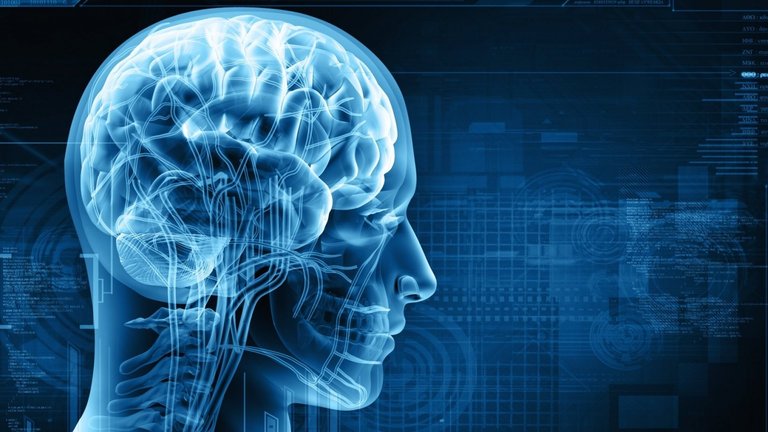The human mind is a complex and fascinating entity, and understanding its various modes and functions can be a lifelong pursuit. But what exactly are the modes of the mind, and why is it important to be aware of them?
To start, it's important to understand that the mind is not a single entity, but rather a collection of interconnected systems that work together to govern our thoughts, emotions, and behaviors. These systems can be broadly categorized into two main modes: the conscious and the unconscious.
The conscious mind is the part of the mind that we are aware of and can control. It is responsible for things like decision-making, problem-solving, and self-reflection. It is the part of the mind that we use when we are awake and alert, and it is the part of the mind that is most closely associated with the concept of "self."
The unconscious mind, on the other hand, is the part of the mind that we are not aware of and cannot control directly. It is responsible for things like regulating our bodily functions, storing memories, and processing emotions. The unconscious mind is always active, even when we are asleep, and it plays a critical role in our overall well-being.
While the conscious and unconscious minds are distinct and separate systems, they are also closely linked. The unconscious mind provides the raw material for the conscious mind to work with, and the conscious mind can influence the unconscious mind through things like affirmations, visualization, and self-talk.
One mode of mind is the default mode network (DMN), which is the network of brain regions that are active when the mind is at rest, such as daydreaming or mind-wandering. This network is active when we are not focused on the external world or on specific tasks, and is thought to be involved in things like self-reflection, memory consolidation, and planning for the future.
Another mode of mind is the task-positive network (TPN), which is the network of brain regions that are active when the mind is engaged in focused, goal-directed tasks. This network is active when we are paying attention to the external world or working on specific tasks, and is thought to be involved in things like attention, perception, and working memory.
Being aware of these different modes of mind can be beneficial in many ways. For example, it can help us better understand our own thoughts, feelings, and behaviors, as well as those of others. It can also help us to develop better self-awareness, which can be critical for personal growth and development.
Being aware of the different modes of mind can also be beneficial in a practical sense. For example, if you are trying to focus on a task and find that your mind is wandering, you can use techniques like mindfulness or self-talk to bring your attention back to the task at hand. Similarly, if you are feeling anxious or stressed, you can use visualization, affirmations, or other techniques to help calm your mind and reduce your stress levels.

Congratulations @eretenetre! You received a personal badge!
You can view your badges on your board and compare yourself to others in the Ranking
Check out our last posts:
Support the HiveBuzz project. Vote for our proposal!
Congratulations @eretenetre! You received a personal badge!
You can view your badges on your board and compare yourself to others in the Ranking
Check out our last posts:
Support the HiveBuzz project. Vote for our proposal!
Congratulations @eretenetre! You received a personal badge!
You can view your badges on your board and compare yourself to others in the Ranking
Check out our last posts:
Support the HiveBuzz project. Vote for our proposal!